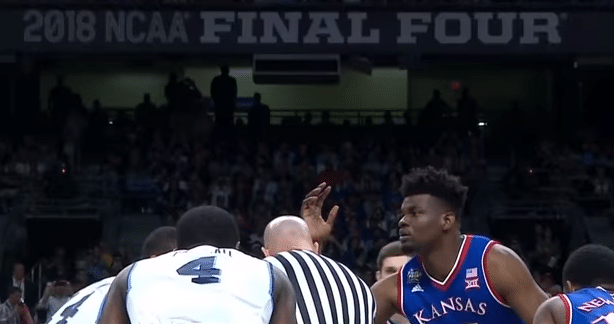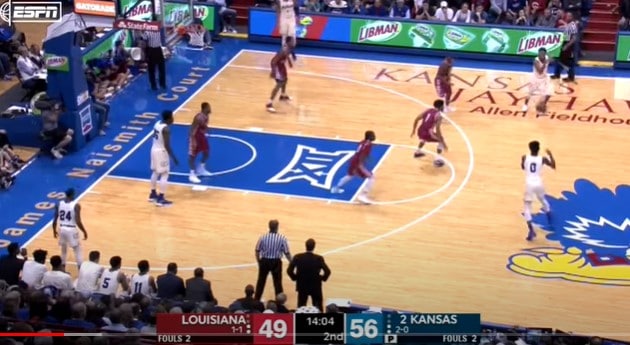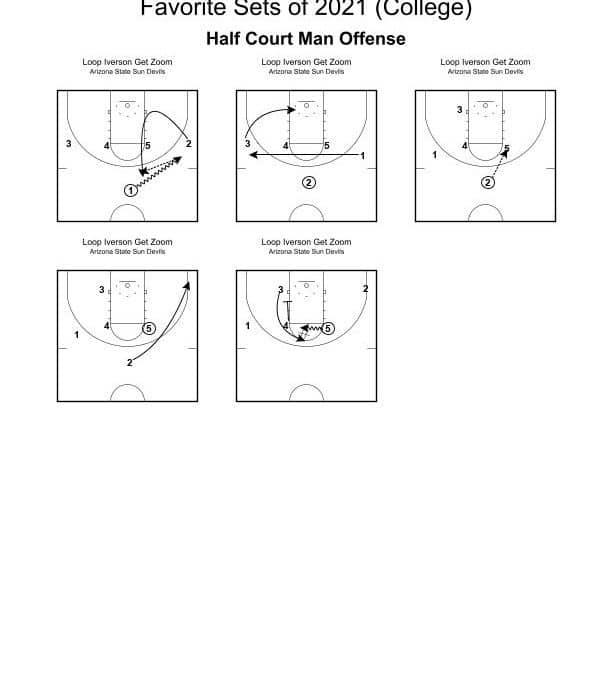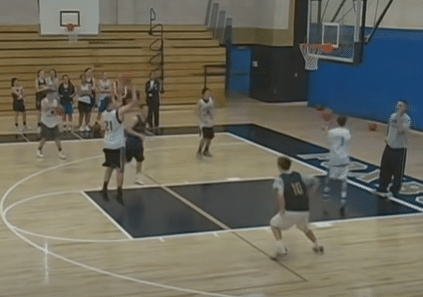A lot of people hate analytics, but like winning basketball games. Traditional basketball coaches and players don’t believe there is a benefit to analytics and that the analytics experts are nerds who never played the game. On the other hand, analytic experts think traditional basketball coaches and players who don’t use analytics aren’t going to be winning basketball games. I believe there is a perfect medium for using analytics and basketball knowledge. Here is a basic breakdown of the foundation of basketball analytics covering the four factors of winning basketball games created by Dean Oliver
There are 4 factors that determine whether a game is lost or won, They are:
Shooting the Ball (40%)
Turn Overs (25%)
Offensive Rebounding (20%)
Free Throws (15%)
Shooting the Ball
The first factor is how well you shoot the basketball. The way this is measured is by Effective Field Goal Percentage (eFG%). This is different than normal FG% because it takes into account that 3 point field goals are worth 50% more than a 2 point shot. For example Loyola Chicago eFG%= 60.3% Here is the equation for eFG%
Effective Field Goal Percentage=(Field Goals Made) + 0.5*3P Field Goals Made))/(Field Goal Attempts)
In this years NCAA tournament according to Radius Athletics “Heading into the Final Four, teams winning the eFG% Factor are 50-10”
Turn Overs
The next three factors are about gaining and losing possessions. If you have more possessions than the other team you have more opportunities to score the ball than the other team which should result in more points. That’s why turning the ball over is the second most important factor. Limiting the times you end a possession without a shot attempt is key. This factor is measured by Turn Over Rate (TOV%). This is the number of turnovers you have per 100 possessions. For example, 12.7% of the time Michigan turns the ball over. Here is the equation for TOV%
Turnover Rate=Turnovers/(Field Goal Attempts + 0.44*Free Throw Attempts + Turnovers)
In this years NCAA tournament according to Radius Athletics “With the #FinalFour set, teams winning both eFG% and TO% are now 23-1 in NCAA Tournament play.”
Offensive Rebounds
This is another way a team can get more possessions. Also when a player gets an offensive rebound they are usually in a position for a putback which is a very high percentage shot. They are also in a position to be found on the putback. This is measured by Offensive Rebound Percentage (OREB%). This calculates the number of offensive rebounds the team gets every 100 possessions. For example, Kansas’ offensive rebounding percentage is 31.8% in the tournament. Here is the equation for OREB%
Offensive Rebounding Percentage = (Offensive Rebounds)/[(Offensive Rebounds)+(Opponent’s Defensive Rebounds)
In this years NCAA tournament according to Radius Athletics
Free throws
The last factor is free throws. Free throws are the highest percentage shot a player can take. It is measured by Free Throw Rate (FT Rate). FT Rate measures how often you get to the free throw line and how often you make them. Villanova’s FT Rate in the tournament is 34.2%. Here is the equation for FT Rate
Free Throw Rate=(Free Throws Made)/(Field Goals Attempted) or Free Throws Attempted/Field Goals Attempted
In conclusion here are some goals to have that are based on the 4 factors
- Make more free throws than the other team attempts
- Shoot above 40% and shoot a higher rate than opponent
- Win OREB% and get at least 30% OREB
- Win the TOV%
If you win 3 out of the 4 factors you are almost guaranteed to be winning basketball games. Heres the introduction to basics of analytics.





0 Comments